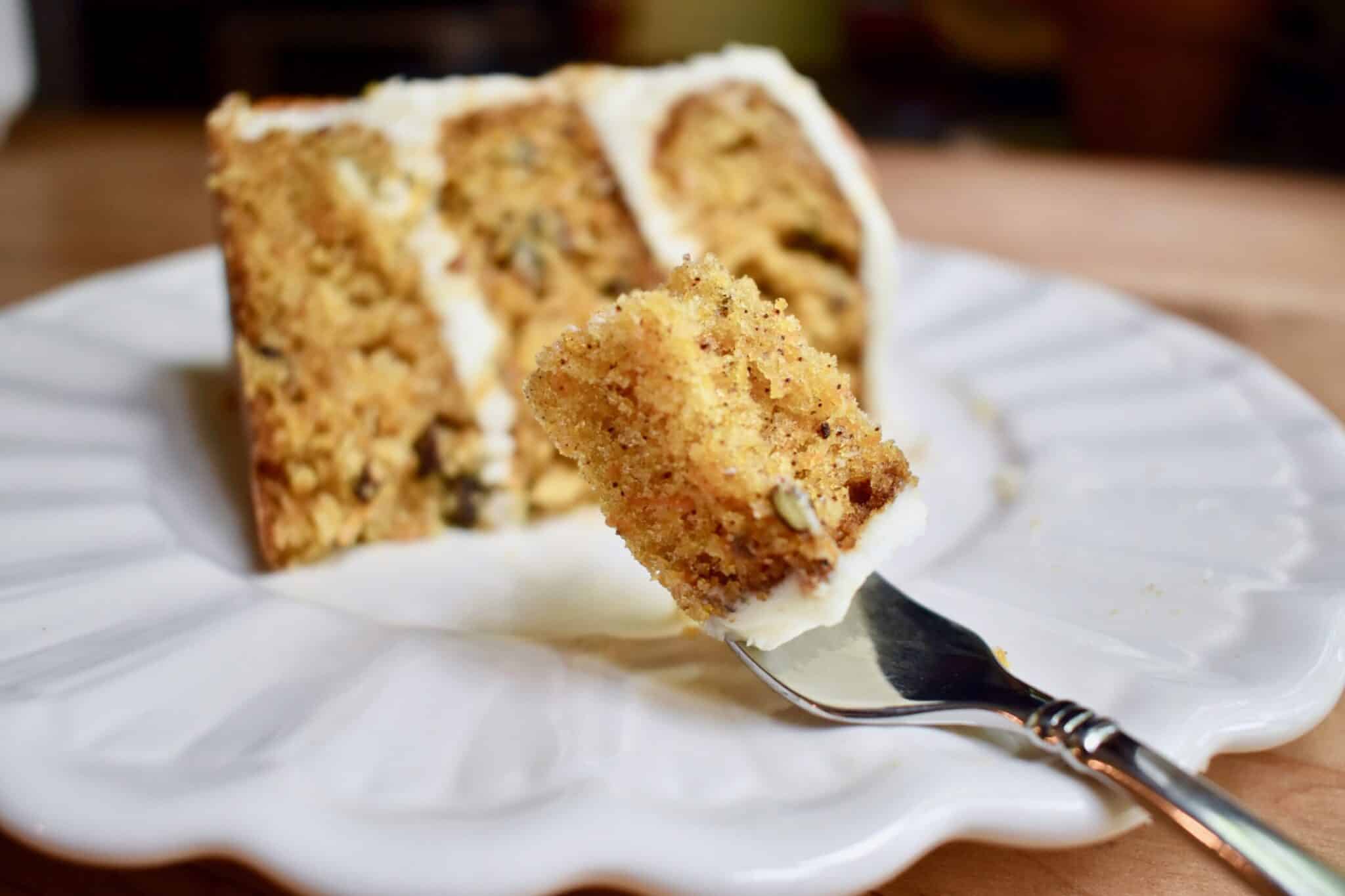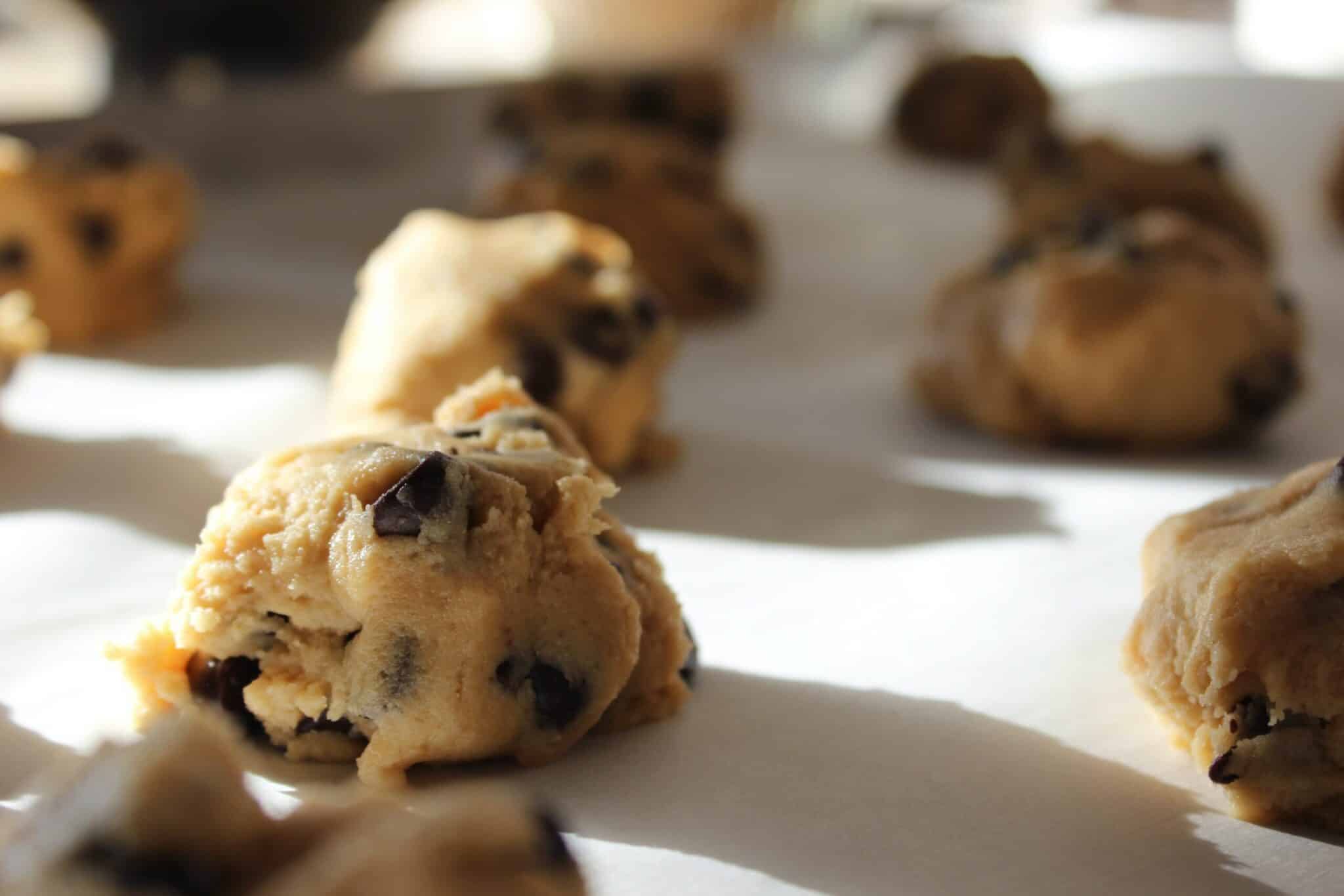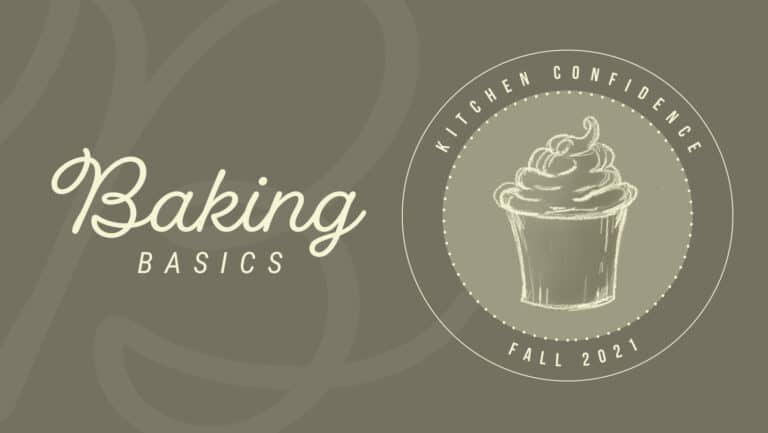Common Baking Issues and Solutions
Have you ever been in the middle of a bake and realized that something just seemed way off? The dough tastes funny, the cookies spread too much, the cake layers are in shambles? It’s a discouraging place to be. At one point or another, we have all experienced one baking faux pas or another. A few of mine… stuck and broken cake layers, no sugar in the cookies, holes in the cake layers, cupcakes baked over, added an ingredient twice, under-baked banana bread, brownies sinking in the middle, cracked cheesecakes, the list goes on… Feeling better about yourself yet!?
Today, we are going to take a look at a few common issues that bakers encounter and how to either prevent them from happening or fix them when they do. Baking is a science, and although there may not always be a straightforward answer for each issue that you encounter, there are many explanations as to why issues happen. It could even be a combination of things that are causing your bake to go awry. So, be patient as you test out different options and don’t lose hope. If one particular recipe just can’t seem to go well for you, leave it behind and try another one out!

What to do if….
The cake didn’t rise
– If your cake didn’t rise, check to see if the leavening agent that you used is expired. Baking powder and baking soda can go both go bad! Or, did you maybe forget to add the leavening agent?
The cake rose unevenly
– Try using bake even strips or rotating your pans in the oven halfway through baking. Alternatively, use a cake leveler to even the top of your cake and no one will ever know the difference!
The cake sank in the middle
– The most likely reason for a sunken cake is that it didn’t quite finish baking. Always test your cake layers with a toothpick before taking them out of oven. If the toothpick has any wet batter on it, bake longer. If the toothpick has a few fine crumbs, the cake is ready. An alternative reason could be that the oven was opened while baking, which drastically changes oven temperature and can cause a cake to sink.
The cake is split or cracked on top
– Check your oven temperature with an oven thermometer – it may be getting too hot. In most cases though, a cake is still delicious despite a crack. Use a cake leveler to even the top of your cake and move on!
The cake is dry
– If your cake is coming out dry, it could be over-baked. Be sure to test doneness with a toothpick before removing the cake from the oven. If the toothpick comes out with a few fine crumbs, it is ready. Alternatively, too much flour could cause a cake to be dry. Be sure to measure your flour properly; it should not be packed at all. Another option could be too little liquid in the recipe. Accidentally forget an ingredient? I’ve done that!
The cake layers are stuck in the pans after baking
– This is the worst feeling! You’ve made a lovely cake yet can’t get it out of the pan without breaking it apart. It takes time on the front end, but always always line your pan with parchment and lightly flour before adding cake batter. There is a helpful how-to video of this on our Plan to Eat Instagram!
The cake has holes or gaps throughout the layers
– This could be caused by over-mixing or mixing your cake batter too fast. Take it slow and follow the recipe precisely on when and how much to mix. Another thing to check would be how much much leavening agent the recipe called for.
The finished cake is falling over
– Oh no! It may not look pretty, but it will still taste just as good. To help prevent your cake from collapsing next time, first make sure your cake layers are completely cooled before stacking. I even prefer to use chilled layers. If your cake is even slightly warm, it will warm the frosting causing the cake to slowly collapse onto itself. Also, level your cake layers before stacking the cake. While stacking the cake, get eye level with it and make sure each addition of either cake or frosting is smooth and level. Store the finished cake in the fridge to help it set. If you have an outdoor event, keep the cake cool and indoors for as long as possible.

The cupcakes spill over while baking
– Be sure to only fill each cupcake about half to 2/3 full with batter. The cupcake will rise as it bakes, and no one wants a hugely mushroomed cupcake. If yours do bake over, try using a serrated knife to gently trim any excess cake around the top edge. After adding a little frosting, no one will be the wiser!
The cookies spread too much while baking
– Try chilling the cookie dough for about 30 minutes and then baking the cookies. The cold dough may slightly adjust the baking time, but keep an eye on the oven and take them out when ready. Other things to try… don’t use a greased cookie sheet, instead line your baking sheet with parchment; too little flour can cause cookies to spread, be sure to measure the flour correctly; don’t put cookie dough balls on a hot baking sheet and let sit while they wait their turn for the oven, the cookies will slowly start spreading before they even begin baking.
The edge of your pie crust browns well before the pie is finished baking
– If your pie crust is browning too quickly, try loosely covering the edges of the pie with foil. This will protect your crust from burning and allow the insides to continue baking.
The buttercream consistency just isn’t right
– Most buttercream issues can be solved by either adding a tad more powdered sugar or a tad more liquid. If your buttercream is too stiff, slowly add about a teaspoon of liquid at a time until you reach the right consistency. If it’s too runny, slowly add a few tablespoons of powdered sugar at a time until you reach the right consistency. If your buttercream is too warm, it will loosen up. Stick it in the fridge for a bit to firm up and then try again.
The cheesecake cracks on top
– Cheesecake can be a bit finicky and hard to get a smooth finish on top without any cracks. The good news is, it will taste just as delicious even if it has a crater across the top. To try and prevent it from cracking, don’t over-mix the batter, bake with a water bath, and let it cool down as slow as possible after baking.
The quick bread appears to be baked, but the inside is raw
– I’ve had this happen with banana bread before, and it’s oh so sad. If the loaf is browning but the center is not done, try covering the top with foil while it finishes baking. This will prevent burning but allow the inside to finish baking. Check doneness with a toothpick, and remove when the toothpick comes out clean. Also check your oven temperature with an oven thermometer, as it could be baking too hot.
The fruit in your muffins or cake are sinking to the bottom
– If all of your fruit is ending up at the bottom of your bake, here are a couple things to try… make sure your fruit is dry, chop it into smaller pieces, and coat fruit in a thin layer of flour before incorporating into the batter.
A few final tips to leave you with –
- Read through and follow the recipe exactly
- Make sure all ingredients are the same temperature before you being mixing
- Always allow the oven to fully preheat before baking
- Avoid over-mixing your batter
- Don’t open the oven while baking!
In baking, there are often opportunities for something to go awry. There will be exceptions, but even if your bake doesn’t look perfect, it likely still tastes pretty delicious. So, give yourself some extra grace, learn from your bake, and try again later! Good luck troubleshooting those pesky issues!
Anna
Join us this month for more baking basics! Whether you’re a novice or a well-seasoned baker, we’re sharing tips and tricks to help everyone gain Kitchen Confidence!


